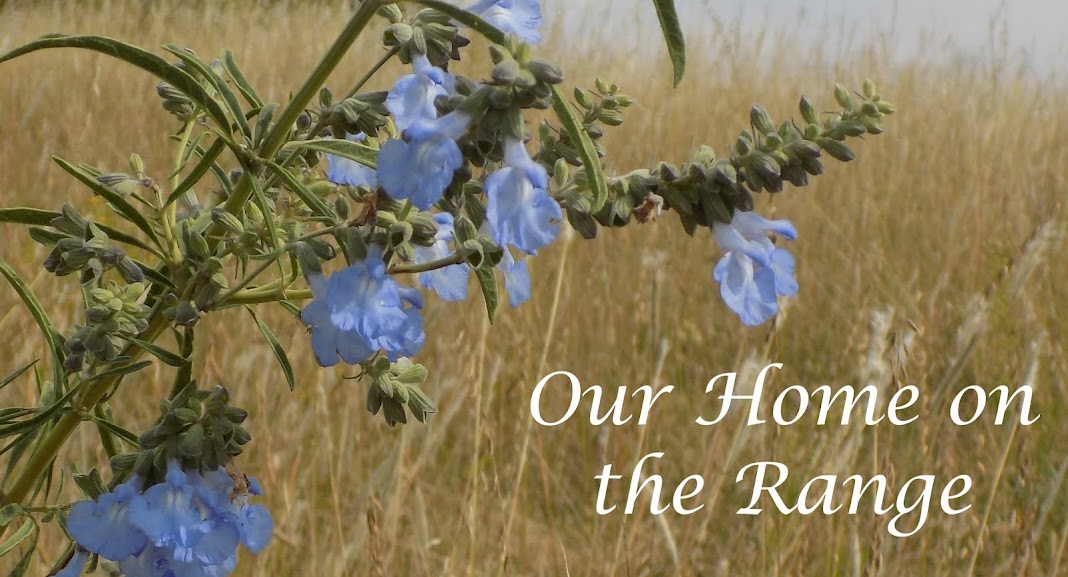Do a little research to decide if you want June-bearing (one big harvest in the spring), ever-bearing (smaller harvests, but in both the spring and the fall) or a blend. (We have about half June-bearing.) The first year (or spring, for ever-bearing), you'll want to pinch off the flowers so they plants put their energy toward roots rather than fruits. Strawberries are on the "worst" list for conventional fruits and vegetables, so growing your own or buying organic is probably worth the effort or the cost.
We invested quite a lot of money in jars, cheesecloth and pectin (mostly jars). We also bought sugar, lemons, corn syrup, and apple juice for some of the recipes and used some of our precious maple syrup for the smooch. The jars, of course, we'll be able to use again next year (if we don't give them away, which we'll do with some). We have lots of pectin left that will be good through next year's harvest. I did not count in our expenses a water bath canner (a gift from my mom last fall), canning utensils
Did we save money? Well, we think so, if we compare our costs (even including the jars) to that of buying quality organic strawberry jam without high fructose corn syrup. (Even the corn syrup we bought for the strawberry syrup didn't have high fructose corn syrup in the ingredients.) I'm assuming, of course, that our jam is high quality. If anyone in the area has canning jars they don't want, we'd be happy to take them off your hands!
We tried a variety of methods and recipes. You can read more about what we canned here.
The whole process for a quick or traditional jam or jelly in a water bath canner takes about two hours from starting the water bath heating to taking the jars out after they've been boiled. There's a good thirty minutes in the middle during which you cannot walk away or be distracted because you're stirring your jam or pouring it into your jars. Therefore, we only canned when both of us were home, during naptime (when the girls were safely tucked away) or after bedtime. I often started the canner simmering then got the kids in bed, so I was ready to heat my jam right when I came out after stories and prayers.
Overall, the canning process was much easier than I anticipated, especially using pectin and the quick jam recipes. Even the clean-up wasn't as bad as I'd feared. Most of it can be cleaned while the jars are boiling in the water bath.
